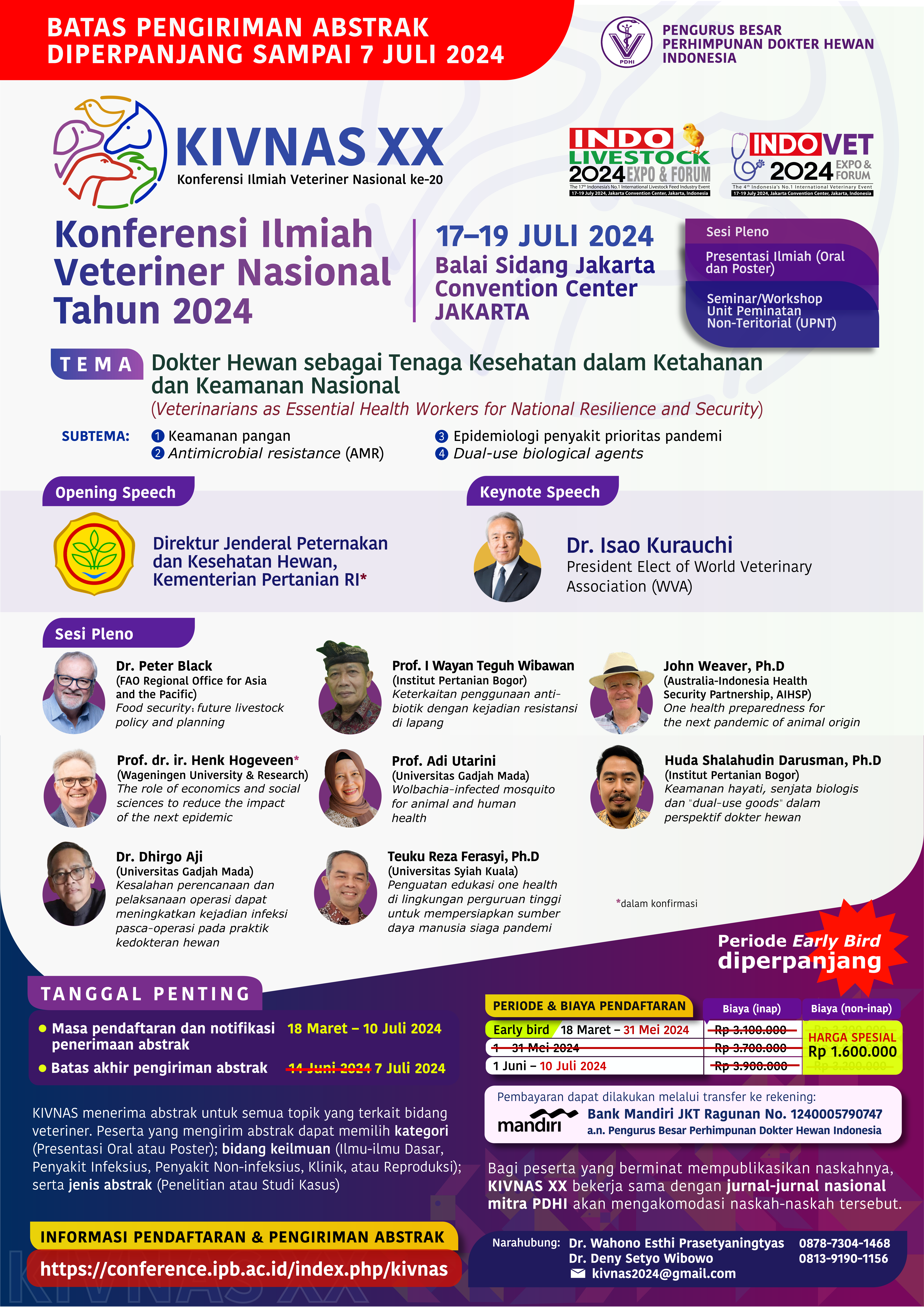Screened of Genestein in Mistletoe as a Dendrophthoe pentandra (L.) Miq Growthup in Lancium domesticum
Keywords:
Genestein,, 7-Hydroxy-1-methoxy-2-methoxyxanthone, morin, pelargonidin 3-glucoside, quercetinAbstract
Background: It was known that genistein (C15H10O5) a bioactive often found in herbaceous plants, especially in the leaves. This compound was known to have a stimulating action on reproductive organs (SARO). It was also known that the leaves of parasitic plants known as mistletoe which have been known to be efficacious against reproductive organs as androgenic were benalu duku (BD) Dendropthoe pentandra (L.) Miq which thrives in its host plant (Lancium domesticum).
Objectives: The study aimed to screen the genistein substances in BD using devices based on mass spectrums.
Methods: A total of 5 kg of BD leaves from Muara Enim Regency, South Sumatra-Indonesia, were subjected to multistage maceration using methanol, ethyl acetate-water (50:50), and n-hexane. The macerates were prepared to obtain the active compounds as quercetin-like compounds (QLCs). The QLCs were then isolated using preparative High-Performance Liquid Chromatography. The QLCs isolates were further screened for flavonol content and tannin-free test, then followed screened SARO by fecundity assessed model of rats at dose 50 mg/kg body weight intra-peritoneal once a day. Genestin content was analyzed using a Liquid chromatography Electron-Spray Ionization Mass Spectra device.
Results: The content of QLCs had five components with a considerable amount of genistein, quercetin, 7-Hydroxy-1-methoxy-2-methoxyxanthone, pelargonidin 3-glucoside, and morin. Fecundity test showed that rats quickly produce pregnancy.
Conclusion: The genistein had approximately 20% (v/v) of all the active compounds at flavonol of BD. Recommendations from the results can be utilized as a medicinal plant to stimulate the potential for increasing reproduction conception in livestock.



